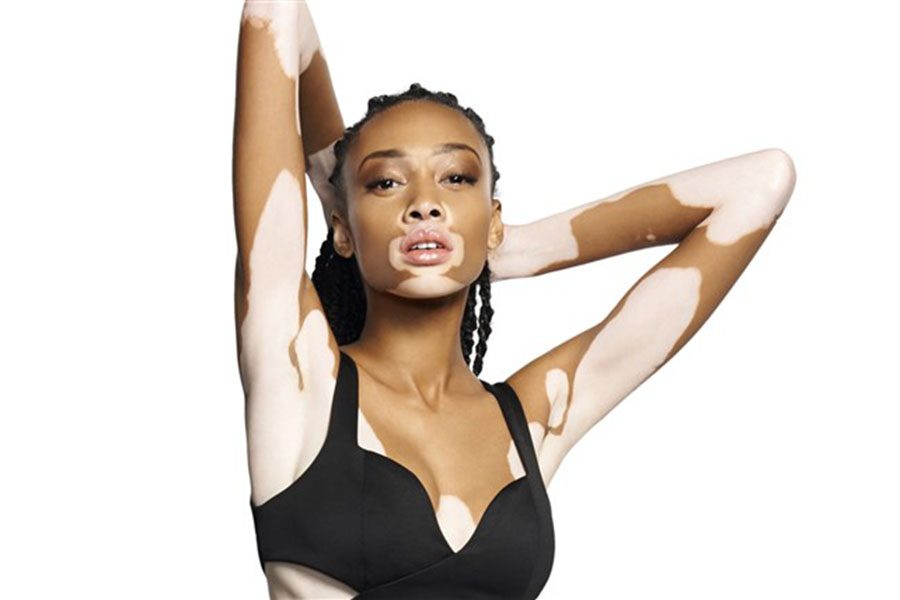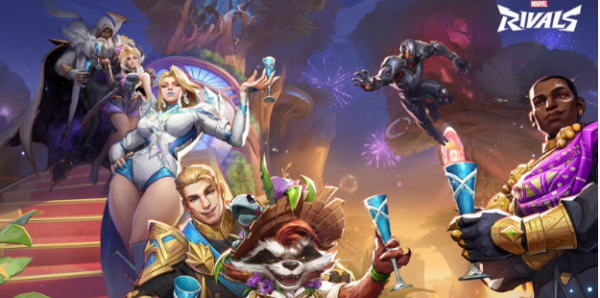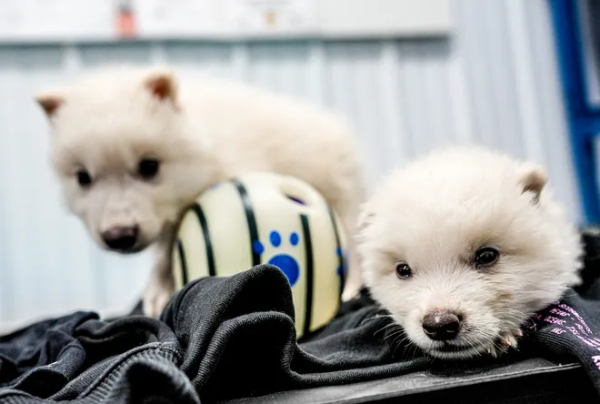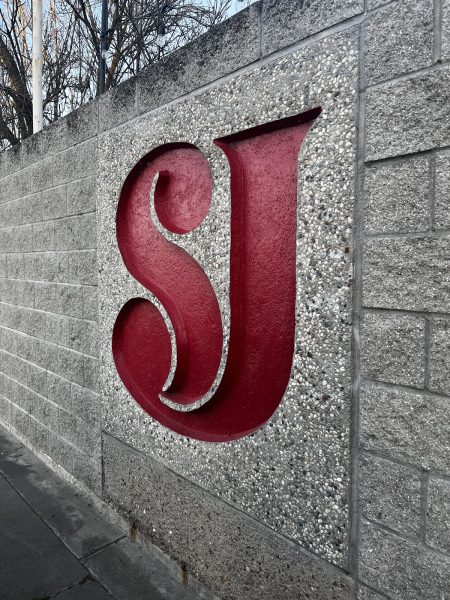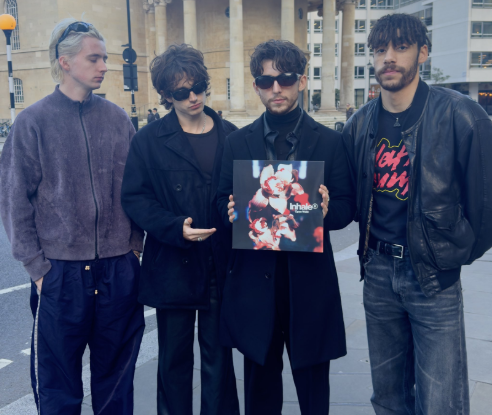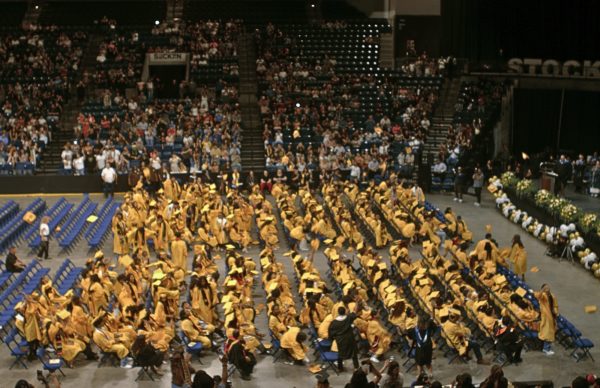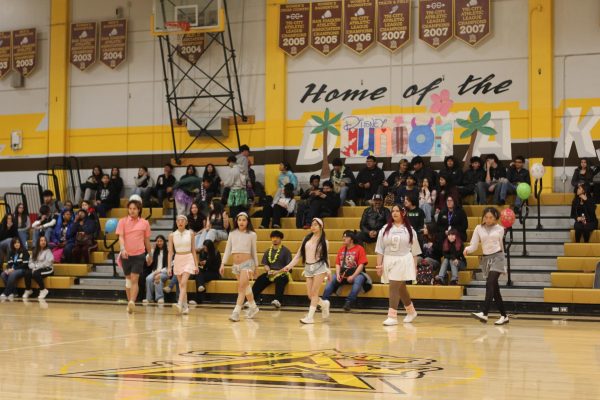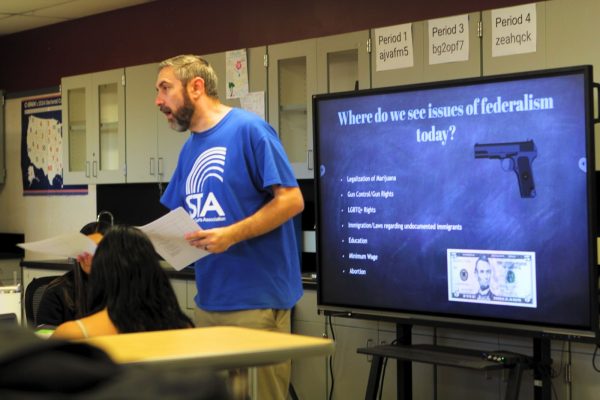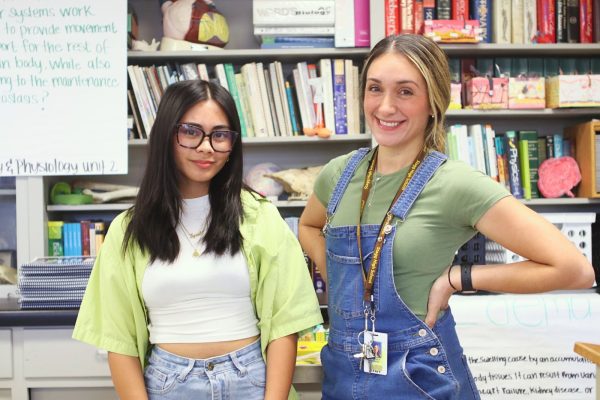The importance of unconventional beauty in the media
Sometimes it can seem as if we see the same exact thing in every popular model. Perfectly symmetrical face, small nose, perfect skin, and a skinny body. This image has become the norm, it’s what some women have grown up wanting to look like.
It wasn’t until last year when I saw a model with a nose like mine. Charlotte Lindvig, a clothing model, was on my time line and I couldn’t help but notice how she had a rather large nose just like me. She wasn’t very well known in mainstream media, but she was still recognized and employed as a model. Seeing her and realizing that she was a model, a profession associated with beauty, made me truly feel better about my nose being large.
Beauty comes in different sizes and colors. Diandra Forrest, an albino model, gained popularity with her arrival into the fashion industry. People with albinism would quote her tweets saying how she gave them confidence, and how she was inspirational. She is usually featured in photo shoots of major brands, catwalks and leading American publications.
Similarly, Winnie Harlow, a model with vitiligo, is now seen in the mainstream media. Winniefirst became popular after her appearance on America’s Next Top Model Cycle 21. She has gone on to model for Desigual and appeared in music videos. People also talk about how she gave them confidence to feel comfortable in their skin.
Models are suppose to be beautiful, it just comes with the profession. But that doesn’t mean they all have to follow the same beauty standards either. Beauty is found in almost everything and everyone. When these “out of the norm” looks are presented to us, they don’t become so foreign anymore. It allows us to realize that you don’t have to have a “perfect” face or skinny body or clear skin to be considered beautiful.

